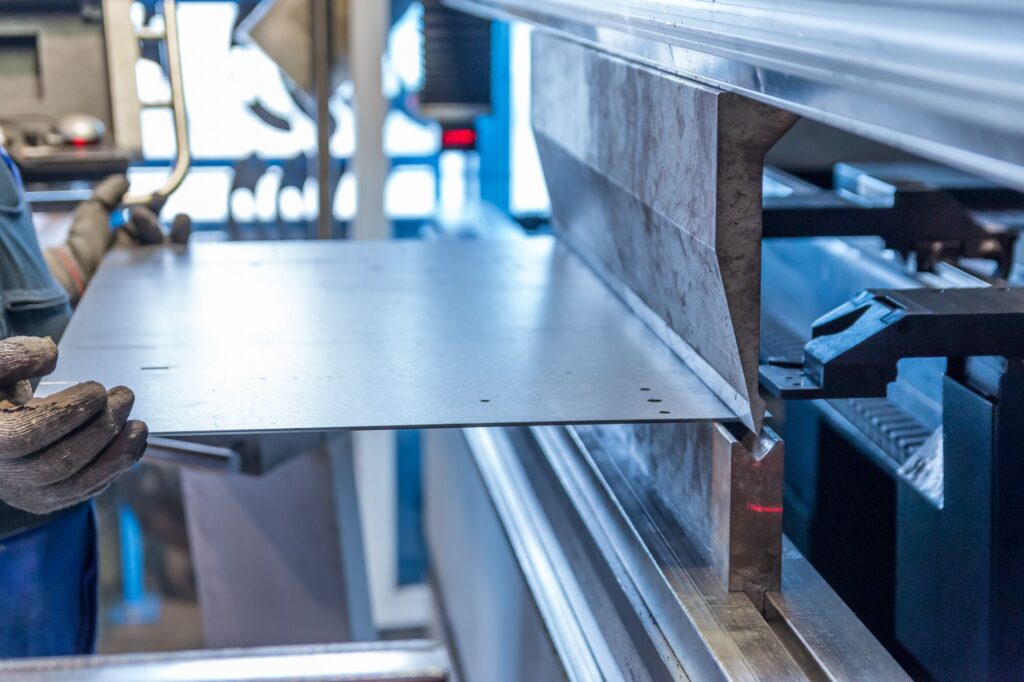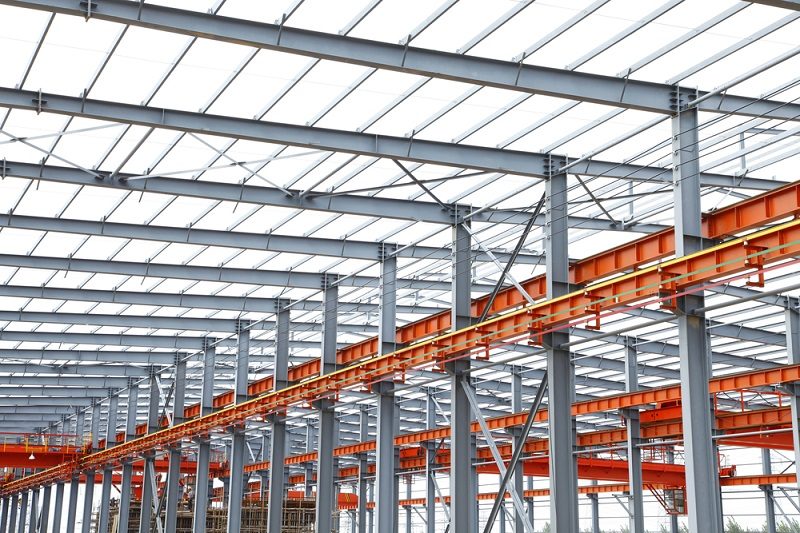Innovative Patterns in Steel Construction: Enhancing Toughness and Precision
In the world of steel construction, the quest of resilience and precision has actually led to a wave of innovative fads that are reshaping the sector. From improvements in welding innovations to the integration of robot automation in construction processes, the landscape of steel manufacturing is evolving swiftly. High-strength alloy advancement, combined with the usage of 3D modeling and simulation software, is pushing the boundaries of what is achievable in terms of architectural honesty and accuracy. Moreover, the growing focus on sustainable techniques in steel production is not just driving effectiveness but additionally promoting a more eco mindful approach to manufacture. These patterns are not simply shaping the here and now however additionally preparing for the future of steel manufacture, assuring further improvements in durability and precision.
Advanced Welding Technologies
In the realm of steel fabrication, the fostering of advanced welding modern technologies has actually dramatically revolutionized the industry's method to accomplishing remarkable high quality and precision in structural welds. Advanced welding modern technologies, such as laser beam of light welding and friction stir welding, have emerged as game-changers in the area. Laser light beam welding employs a concentrated laser light beam to sign up with steel elements with amazing accuracy and speed, making it ideal for intricate designs and slim products. On the various other hand, friction mix welding produces exceptionally solid bonds by mechanically intermixing the molecules of the materials at the joint, eliminating the requirement for melting the steel. These modern technologies supply various benefits, consisting of minimized heat-affected zones, marginal distortion, and boosted mechanical properties in the bonded joints. By leveraging these sophisticated welding techniques, steel makers can raise the sturdiness, stamina, and precision of their architectural welds, meeting the increasingly requiring requirements of contemporary construction tasks.
Robotic Automation in Manufacture
Embracing robot automation has actually become a foundation of modern-day steel construction techniques, improving procedures and boosting performance across the market. Robotics are changing the method steel parts are manufactured, providing unparalleled precision and rate while decreasing human mistake. These automated systems can deal with recurring jobs with constant accuracy, causing greater high quality end items.
One key benefit of robot automation in steel construction is the capacity to work all the time without tiredness, substantially enhancing production outcome. This constant operation minimizes downtime and speeds up project timelines, inevitably saving prices for makers. Furthermore, robots can be set to execute complex jobs that may be difficult or hazardous for human employees, improving safety and security in the work environment.
Furthermore, robotic automation makes it possible for smooth combination with other electronic innovations, such as computer-aided design (CAD) software program and Internet of Points (IoT) systems (steel fabricators melbourne). This interconnected strategy improves interaction between various stages of fabrication, maximizing workflows and making sure real-time tracking and control. As the steel manufacture industry remains to advance, robot automation sticks out as a transformative force driving performance and precision in manufacturing procedures

High-Strength Alloy Development
The development of high-strength alloy growth in steel fabrication is improving the market's strategy to enhancing material sturdiness and performance. High-strength alloys are engineered to display remarkable mechanical homes, such as raised tensile stamina, toughness, and rust resistance contrasted to traditional steel qualities. By incorporating these advanced alloys into manufacture processes, manufacturers can generate elements that stand up to higher anxiety degrees and severe settings, leading to even more dependable and long lasting final result.
One secret advantage of high-strength alloy development is the capability to reduce product thickness without endangering architectural stability. This not only leads to lighter-weight parts however also adds to cost savings and enhanced efficiency in manufacture and setting up processes. Moreover, the boosted strength-to-weight ratio of these alloys enables for the style and building and construction of frameworks with greater load-bearing capabilities while decreasing overall weight.
3D Modeling and Simulation Software Application
Advancements in steel manufacture processes have actually been considerably thrust by the integration of advanced 3D modeling and simulation software tools. These tools enable producers to develop in-depth digital models of their tasks, enabling them to imagine the end product with accuracy prior to any kind of manual labor begins. By simulating numerous anxiety variables, environmental conditions, and architectural lots, fabricators can maximize styles for improved durability and performance. Furthermore, 3D modeling and simulation software improve the manufacturing procedure by identifying potential concerns early on, reducing the need for costly rework and decreasing material waste.

Lasting Practices in Steel Manufacturing
Including sustainable methods into steel manufacturing processes is necessary for reducing ecological effect and making certain long-lasting resource accessibility. One crucial sustainable method is the fostering of energy-efficient technologies to minimize greenhouse gas discharges throughout the steel manufacturing process. This consists of making use of renewable resource sources, such as solar or wind power, to power steel plants and implementing energy-efficient tools to optimize energy use.
An additional crucial aspect of sustainable steel manufacturing is the liable sourcing of raw products. This entails making certain that the iron ore and other sources made use of in steelmaking are obtained from eco friendly and moral resources. By promoting openness in the supply chain and sticking to strict environmental criteria, steel manufacturers can reduce the negative impacts of source extraction on regional communities and neighborhoods.

Conclusion
Finally, the ingenious patterns in steel construction such as sophisticated welding modern technologies, robot automation, high-strength alloy development, 3D modeling and simulation software application, and lasting practices are boosting the resilience and precision of steel products. These improvements are changing the steel manufacture industry by improving performance, high quality, and sustainability. It is clear that the future of steel manufacture depends on welcoming these advanced innovations to satisfy the demands of contemporary building and manufacturing industries.
In the realm of steel fabrication, the quest of longevity and accuracy has actually led to a wave of ingenious fads that are improving the industry.In the world of steel fabrication, the fostering of sophisticated welding modern technologies has significantly transformed the industry's approach to attaining premium high quality and precision in architectural welds. As the steel manufacture you could try here industry continues to visite site advance, robotic automation stands out as a transformative pressure driving performance and accuracy in manufacturing procedures.
In addition, recycling and reusing steel scrap and waste products play a significant duty in boosting the sustainability of steel production. steel fabricators melbourne.In conclusion, the ingenious fads in steel fabrication such as advanced welding modern technologies, robot automation, high-strength alloy development, 3D modeling and simulation software program, and lasting techniques are improving the durability and accuracy of steel products